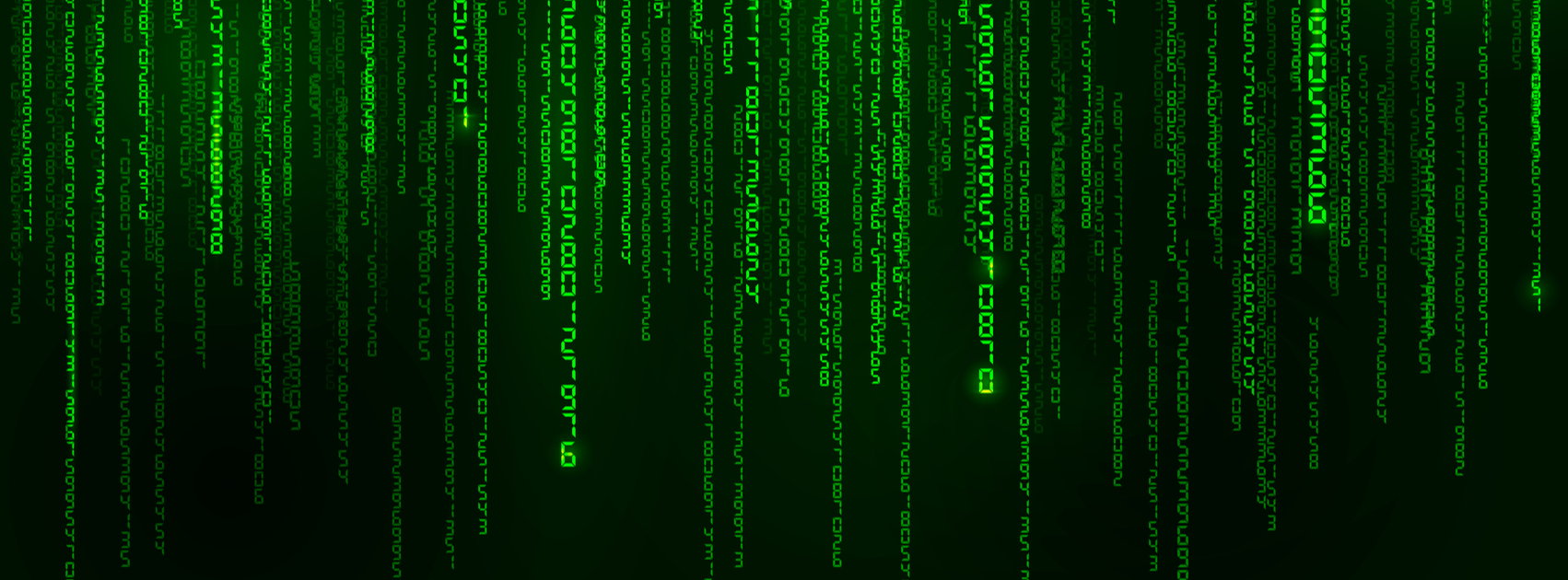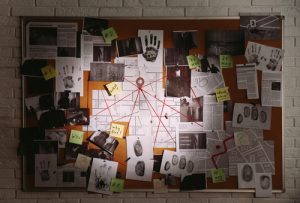
There are many theories and ideas to why our universe is the way it is.
From the basic mechanic’s to the theory of everything there are a lot of unanswered questions. Some people, including Elon Musk, think there is a very slim chance that we are NOT living in a simulation. (A 1 in a billion chance by all accounts). In this post, I’m going to explore the logic behind this theory, and why its a very real possibility that we’re living in simulation.
The Probability
40 years ago, we had very simple computers and very simple games. These computers struggled to run games that involved a ball and two rectangles. Now, 40 years later, we have near life-like games like GTA, and if we keep advancing at the same rate, we will have simulations and games that will be indistinguishable from reality in no time; simulations that will have life like characters in them, that can think for themselves.
As humans, we have been “advanced” for maybe 7,000 years. Since civilisation, trading and tool making was introduced. In the grand scheme of things this is nothing; the universe is 13.8 Billion years old. So with our species being so young, how do we know a different civilisation didn’t beat us to it? If that was true, there could be millions or even billions of complex simulations being ran in their reality, with one of ours being in it. Making our odds of not being virtual, very slim.
The Double Slit Experiment
If you haven’t heard of the double slit experiment I will explain it soon, but first you need to understand how games/simulations work. Lets suppose we are playing GTA, and we will call the Airport Part A and Trevor Phillips’ caravan Part B. When at part A, Part A will be rendered for the players viewing. part B won’t be rendered because the player isn’t viewing it; it’ll be almost none existent, it doesn’t need to be rendered. Just as how when looking at explosions from a distance compared to up close, there are more details in those up close explosions. Basically, details and outcomes are only rendered when they need to be. For example when a character is viewing an object. This reduces the workload on system.
So, the double slit experiment. It’s one of the weirder experiments in modern physics, and cuts to the heart of the weirdness of quantum mechanics. Basically, waves that pass through two narrow, parallel slits will form an interference pattern on a screen. This is true for all waves, whether they’re light waves, water waves, or sound waves. But light isn’t just a wave, it’s also a particle called a photon. So what happens if you shoot a single photon at the double slits? Turns out, even though there’s only one photon, it still forms an interference pattern. It’s as if the photon travels through both slits simultaneously. But wait, because it gets even weirder. Just by observing the double-slit experiment, the behavior of the photons changes.
The idea behind the double-slit experiment is that even if the photons are sent through the slits one at a time, there’s still a wave present to produce the interference pattern. The wave is a wave of probability, because the experiment is set up so that the scientists don’t know which of the two slits any individual photon will pass through. But if they try to find out by setting up detectors in front of each slit to determine which slit the photon really goes through, the interference pattern doesn’t show up at all. This is true even if they try setting up the detectors behind the slits. No matter what the scientists do, if they try anything to observe the photons, the interference pattern fails to emerge.
It gets even weirder than that.
A group of scientists tried a variation on the double slit experiment, called the delayed choice experiment. The scientists placed a special crystal at each slit. The crystal splits any incoming photons into a pair of identical photons. One photon from this pair should go on to create the standard interference pattern, while the other travels to a detector. Perhaps with this setup, physicists might successfully find a way to observe the logic-defying behavior of photons.
But it still doesn’t work. And here’s the really weird part: It doesn’t work regardless of when that detection happens. Even if the second photon is detected after the first photon hits the screen, it still ruins the interference pattern. This means that observing a photon can change events that have already happened. Its almost as if the protons know they’re being observed… or maybe an outcome is being rendered for the observer only when it is necessary; just like in a simulation.





